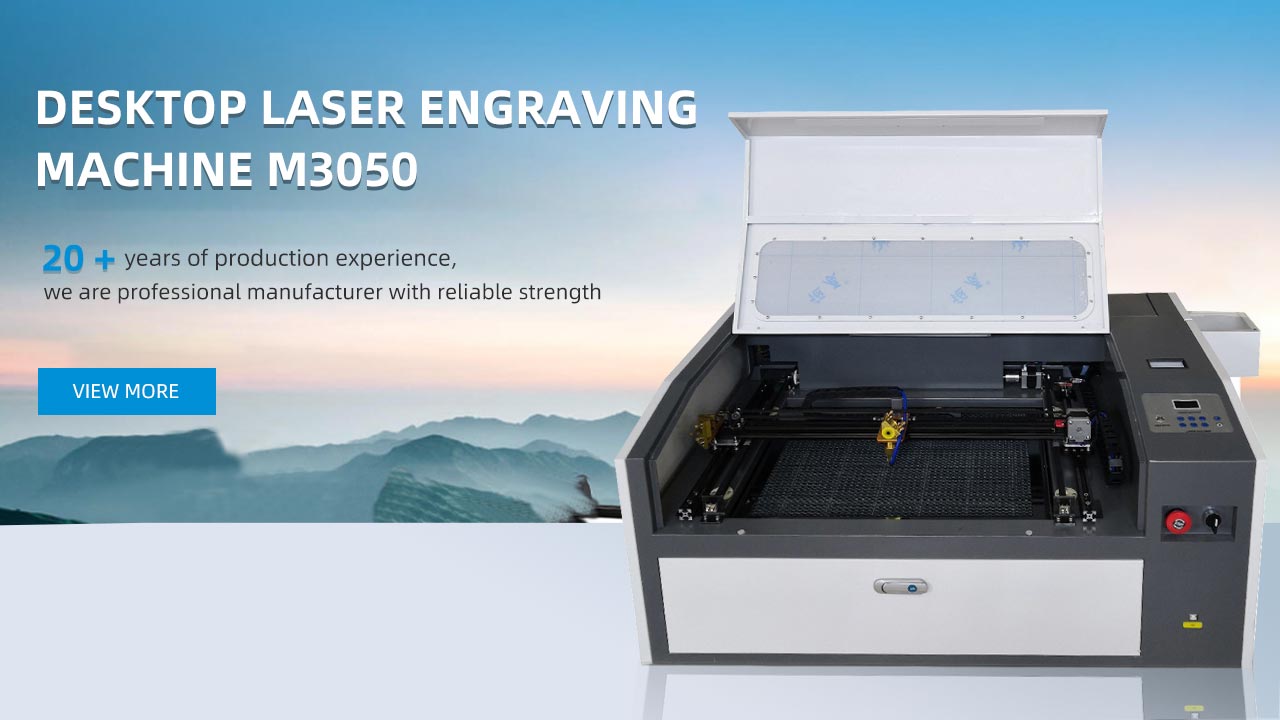CO2 laser cutters are a powerful and versatile tool, but like any piece of machinery, they can encounter issues from time to time. Whether you’re experiencing issues with cut quality, power output, or something else, it’s important to address these problems quickly to keep your laser cutter running smoothly. In this step-by-step guide, we’ll walk through the most common issues with CO2 laser cutters and provide solutions to help you get back to cutting with precision and accuracy.
Common Problems and Solutions
Issue: Poor Cut Quality
If you notice that your laser cutter is producing cuts that are uneven, jagged, or have burn marks, there are a few potential causes to consider. One common culprit is dirty mirrors or lenses. Over time, smoke and debris can build up on these components, affecting the laser beam’s path and reducing cut quality. To address this issue, clean the mirrors and lenses using a lint-free cloth and an appropriate cleaning solution. Additionally, check the alignment of the laser beam and make adjustments as needed to ensure it’s properly focused and hitting the material at the correct angle.
Issue: Inconsistent Power Output
Another common issue with CO2 laser cutters is inconsistent power output, which can result in incomplete cuts or variations in cut depth. This problem is often caused by a worn or faulty laser tube, power supply, or cooling system. Start by checking the condition of the laser tube and inspecting for any signs of damage or deterioration. If the tube appears to be in good condition, test the power supply and cooling system to ensure they are functioning properly. If needed, replace any components that are not operating at optimal levels.
Issue: Material Ignition
Occasionally, materials being cut may catch fire or ignite during the laser cutting process. This can be a serious safety hazard and is typically caused by excessive heat and power density. To prevent material ignition, reduce the cutting speed and power levels to minimize the heat generated during the cutting process. Additionally, consider using a different type of material or adjusting the cutting parameters to better suit the material being processed.
FAQs
Q: How often should I clean the mirrors and lenses of my laser cutter?
A: It’s recommended to clean the mirrors and lenses of your laser cutter at least once a month, or more frequently if you notice a decline in cut quality. Regular cleaning helps maintain optimal performance and prevents the buildup of debris that can affect the laser beam’s path.
Q: What should I do if my laser tube needs to be replaced?
A: If you suspect that your laser tube is faulty or at the end of its lifespan, it’s important to replace it as soon as possible. Contact your laser cutter manufacturer or a certified technician to assist with the replacement process and ensure that the new tube is installed correctly.
Q: How can I minimize the risk of material ignition during the cutting process?
A: To reduce the risk of material ignition, adjust the cutting parameters to lower the power and speed settings, particularly when working with flammable or heat-sensitive materials. It’s also important to have a fire extinguisher and other safety measures in place in case of an emergency.
By following these troubleshooting steps and best practices, you can effectively address common issues with your CO2 laser cutter and maintain consistent, high-quality cutting performance.
